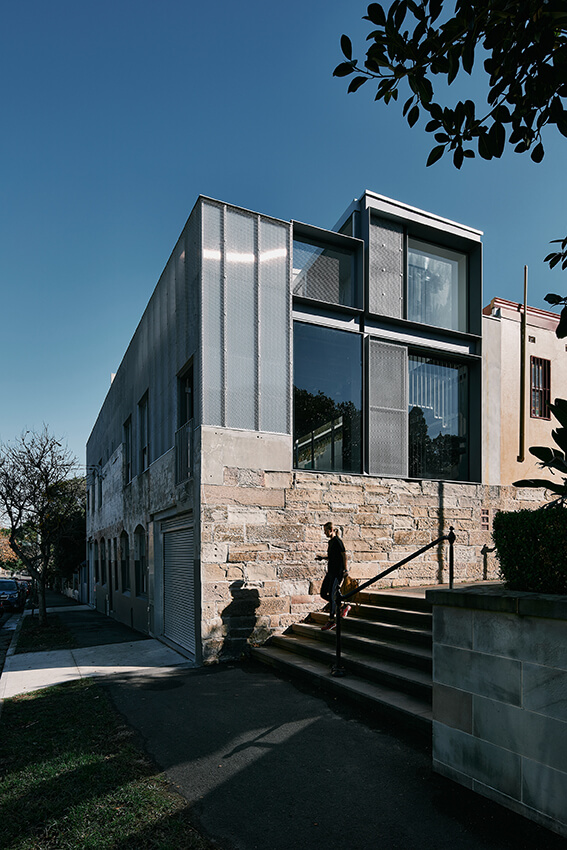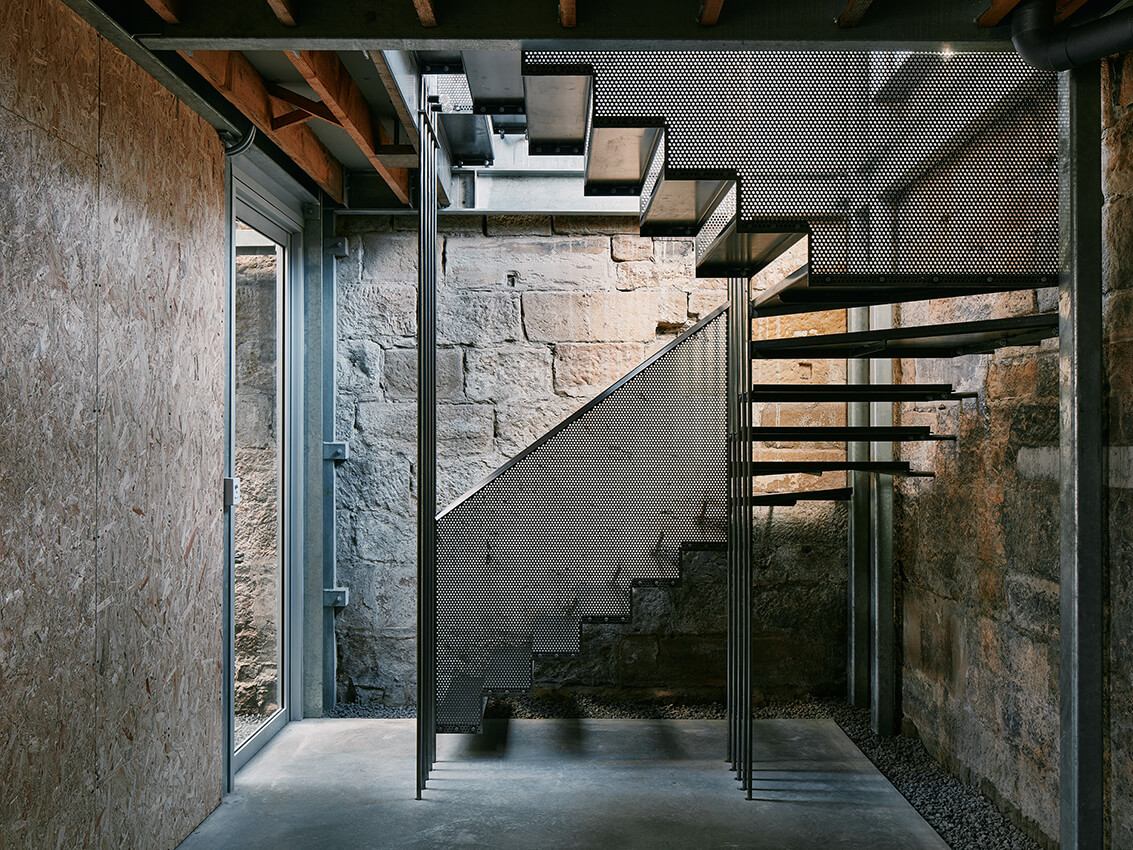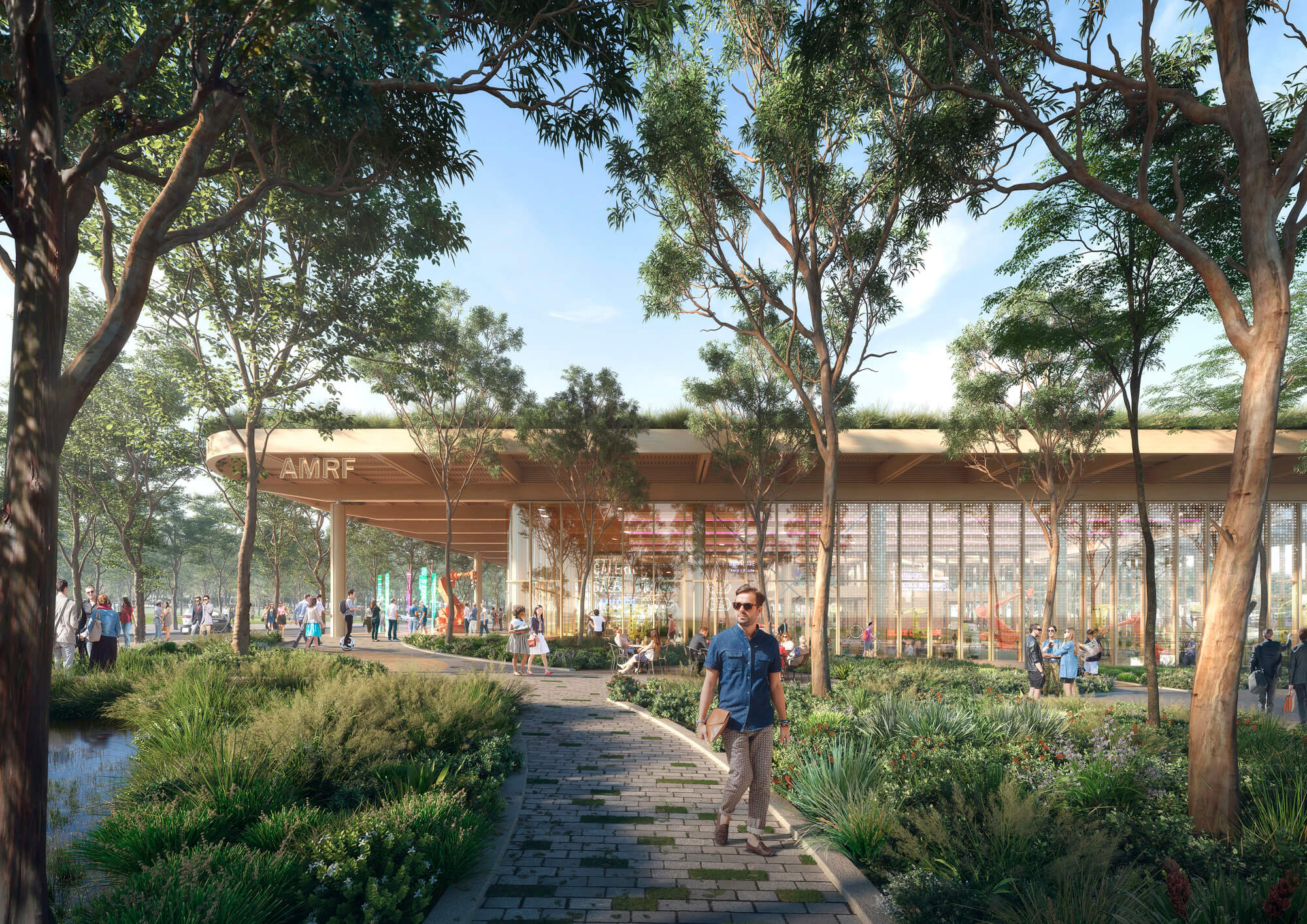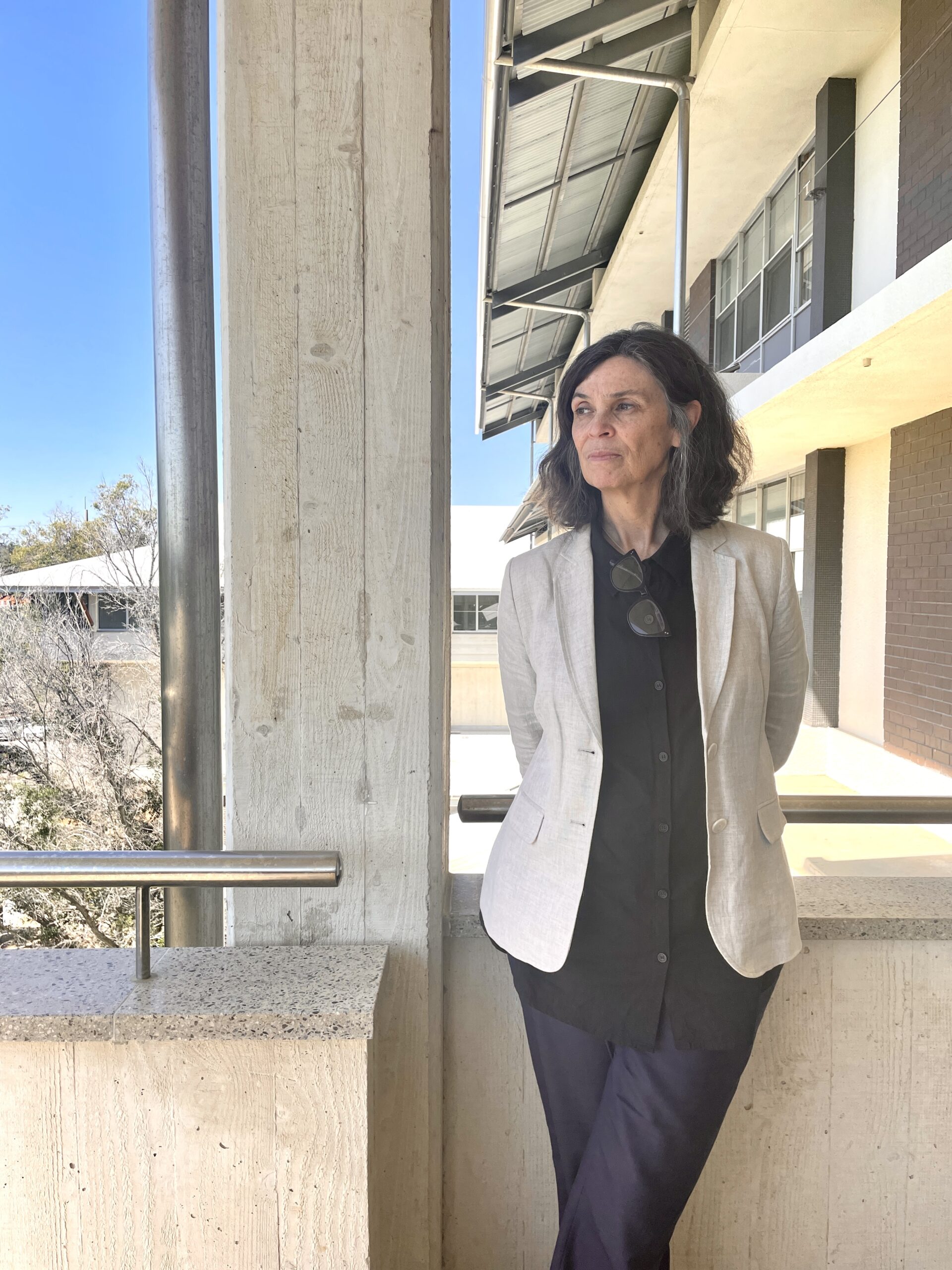Welsh + Major are carbon neutral
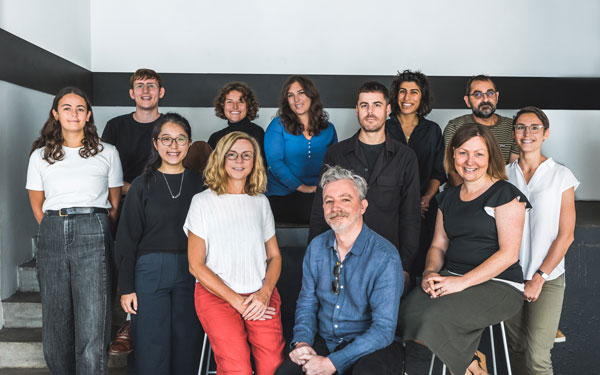
Welsh + Major are certified carbon neutral
Director, David Welsh met with the Australian Institute of Architects to talk carbon reduction and the simple steps his studio has taken to get their own house in order.
For years we believed that our actions should speak for themselves, so we weren’t ever very vocal about the sustainable aspects of our practice. We came to the conclusion a few years ago though, that it is now just such an important thing to talk about. We felt that before doing so, however, we had to get our own house in order.
In our general approach to sustainability, we had often referred to a study that outlined that the best thing an architect could do in any project – in terms of carbon reduction – was to use as much of the existing building as possible. 60 to 70% of the carbon emissions in a building’s lifecycle are tied up in its materials – the manufacturing processes, delivery to site and construction once they get there, so we often had re-use as a rule of thumb in the way that we worked.
Since our general attitude towards environmental efficiency was being expressed onsite in our buildings, it made sense that we would extend that thinking into the workplace. Going carbon neutral was a simple way of getting really great insight into where we could make small changes that would have a cumulative impact. Working with the Carbon Reduction Institute, we conducted an external carbon audit which provided straight forward instruction on what we needed to do to get our studio into gear.
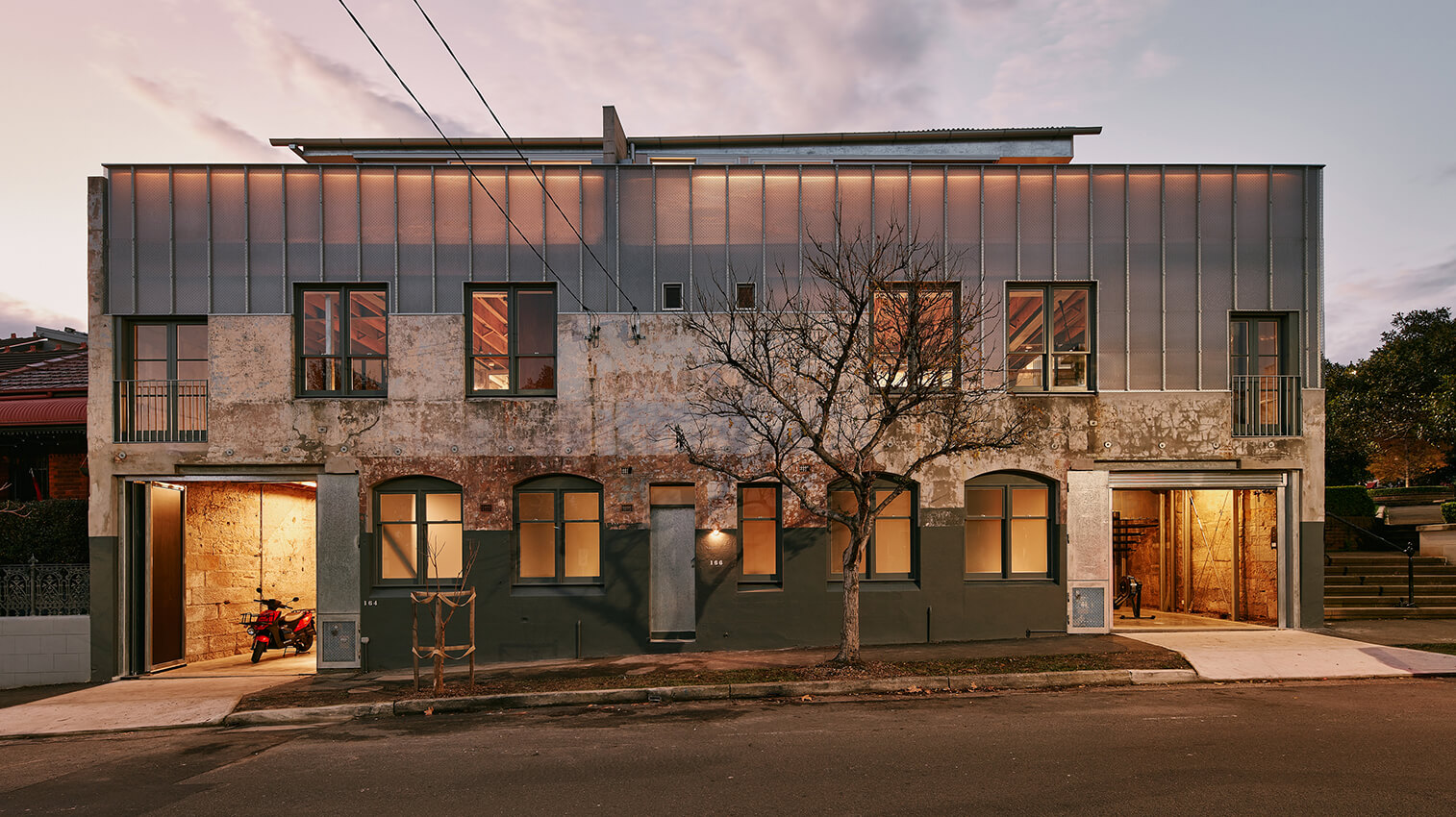
For most offices that simply means measuring the resources being used – the amount the lights are left on, how much paper you go through, the distances you travel – and minimising that while also offsetting through initiatives that reduce carbon emissions globally. We’ve noticed how this simple shift in thinking has transferred into how we look at things generally. It’s seeped into the culture of how we make design decisions, which is great because that’s where we can make the greatest impact.
Becoming a carbon neutral practice has allowed us to think more critically about materials and how to make buildings – we’ve become more reflective and investigative. It’s pretty exciting that going carbon neutral, which is just something you do in your office, encourages this very tangible shift – it’s incremental but it changes the game. For us, it’s helped to hone our environmental reflexes – like a well-trained sportsperson, it gets to the point with this stuff where you can make better decisions without thinking about it as much because you just become so well practised.
Our commitment to climate action
The Australian Institute of Architects is supporting all members in their shift to becoming carbon neutral – it’s the simplest step towards reaching zero.
